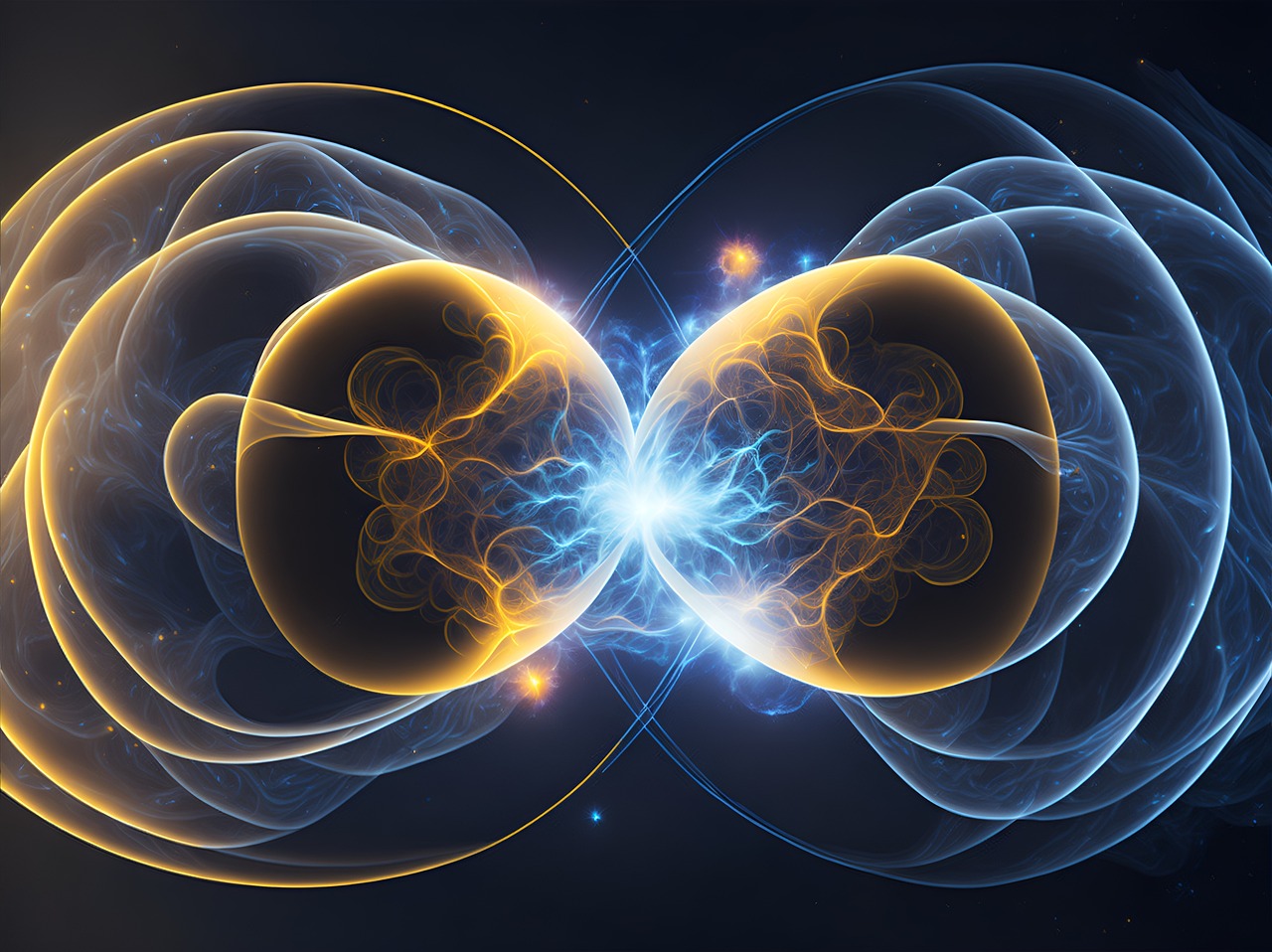
Pixabay
Hund's Charge Principle, named after German physicist Friedrich Hund, states that when orbitals in a specific subshell are filled, electrons typically occupy each of the available orbitals with the same spin before beginning to spin-pair them. opposites. In other words, if other orbitals are available in the same subshell, the electrons avoid pairing in the same orbital. This principle is based on energy and stability.
The energy level diagram shows the electronic structure of an atom, showing the electrons in different orbitals.
According to Hund's Charge Principle, there are three main rules for filling orbitals:
The Aufbau principle states that electrons fill first in the lowest energy orbitals and then fill in the order of increasing energy.
The Pauli principle states that only two electrons can exist in an orbital and that the electrons must have opposite spins to avoid repulsions.
The principle of Hund's charge implies that electrons pass through different orbitals before pairing up in the same orbital.
The electronic configuration of atoms is significantly influenced by Hund's Charge Principle. Consider, for example, the case of carbon (Z = 6). According to this principle, before pairing, the electrons in the carbon atom will fill the 1s2, 2s2, and 2p2 orbitals. This produces an electron configuration of 1s2 2s2 2p2, which is the shell-subshell notation used to describe the distribution of electrons in the atom.
Applications:
Hund's Charge Principle can be used in physics and chemistry. This principle, for example, is fundamental to understanding the magnetic properties of materials. Atoms that have paired electrons in an orbital and do not follow Hund's Charge Principle exhibit magnetic properties due to their inherent magnetic moment. This is crucial for the creation of magnetic materials and electronic components.
Hund's Charge Principle is also crucial for measuring the molecular geometry and bonding properties of molecules. The distribution of electrons in atomic orbitals affects the way that atoms bond to each other and the three-dimensionality of the resulting molecules.
In physics and chemistry, Hund's Charge Principle is a fundamental concept that describes how electrons are distributed in atomic orbitals. This principle affects not only the electronic configuration of atoms, but also the molecular geometry, magnetic properties, and bonding properties of chemical compounds. To advance the research and application of chemistry and materials science today, it is essential to understand them.
The electronic configuration of atoms and the distribution of electrons in orbitals are the main formulas used in the context of Hund's Charge Principle. The electron configuration notation uses the shell representation.
The electron configuration notation for an atom is followed by using the quantum numbers n, l, m, and s, which respectively represent the principal quantum number, the secondary (angular) quantum number, the magnetic quantum number, and the spin of the electron.
An example of electron configuration notation using Hund's Charge Principle would be for oxygen (Z = 8):
1s² 2s² 2p⁴
This shows that oxygen has 2 electrons in the 1s shell, 2 electrons in the 2s shell, and 4 electrons in the 2p shell, complying with Hund's Charge Principle by first filling all orbitals with the same spin before pairing electrons. in the same orbital.
Exercise: Hund's Charge Principle is used to determine the electronic configuration of the chemical element sulfur (Z = 16).
Solution: The electronic configuration of sulfur will be 1s2 2s2 2p6 3s2 3p4.
Following Hund's Charge Principle, the sulfur atom has 2 electrons in the 1s shell, 2 electrons in the 2s shell, 6 electrons in the 2p shell, 2 electrons in the 3s shell, and 4 electrons in the 3p shell. This means that the sulfur atom has 2 electrons in the 1s level, 2 electrons in the 2s level, 2 electrons in the 3s level, and 4 electrons in the 3p level.
This exercise shows how Hund's Charge Principle can be used to determine how electrons are distributed in the atomic orbitals of a particular chemical substance.
Bibliographic Reference
Introducción a la física cuántica by Anthony Philip French, Edwin F. Taylor, 2012.
Physics for science and technology. Modern physics. 2C: by Paul Allen Tipler, Gene Mosca, 2005.
Nice piece of information @newton666 on electronic structure of elements.
I wonder is it possible to make new element and how much difficult it is to make a new one?
Thanks for your contribution to the STEMsocial community. Feel free to join us on discord to get to know the rest of us!
Please consider delegating to the @stemsocial account (85% of the curation rewards are returned).
Thanks for including @stemsocial as a beneficiary, which gives you stronger support.